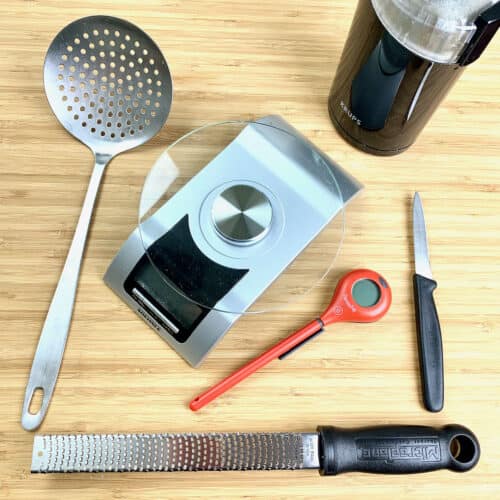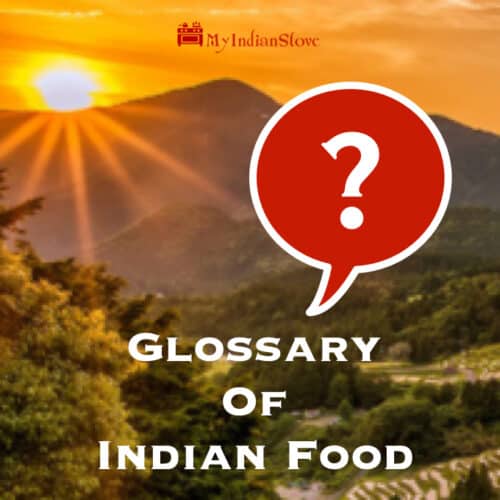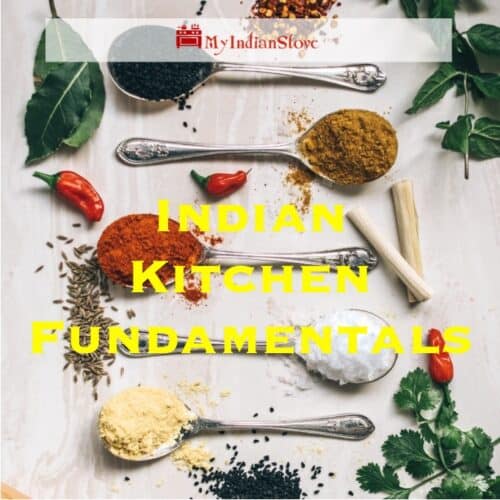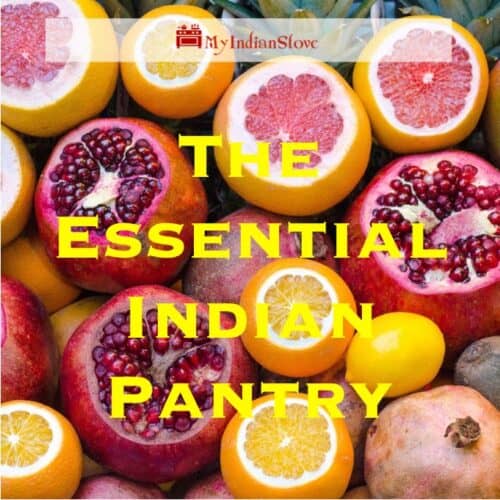Cooking Indian food is often overwhelming for non-Indians. But if I can cook it, you can cook it too. With each country's cuisine, there is a language, a set of steps, and foundational ingredients that every cook eventually learns. Indian food is no different. For additional advice on getting started with your Indian cooking adventure, see 6 Must-Have Indian cooking utensils online.
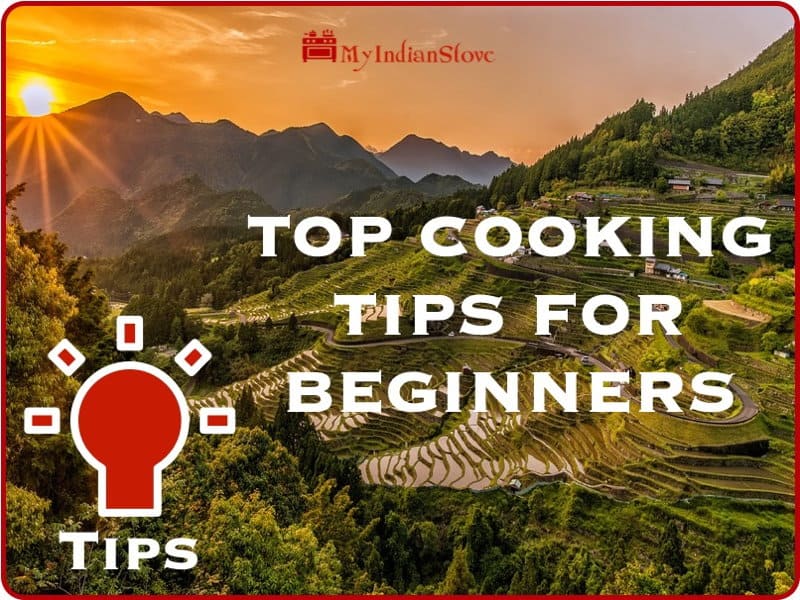
Spend a little time mastering the language of Indian cooking, and you will some absolutely astonishing dishes. And there is a lot of room for you to put your stamp on Indian dishes. As you become more experienced, you will learn which spices you prefer and how to adjust them to suit your taste.
Indian Cooking Techniques
Besides making sure you carefully read a recipe before beginning to cook, here in order of priority are my top 10 tips for cooking Indian food:
- Gather all the ingredients. As with cooking French and Chinese food, mise en place, or having all your ingredients gathered and prepped is critical to your success. Similar to making a stir-fry, there are steps that go quickly, so the next ingredient needs to go in the pan fast or something will burn and you will need to start over.
- Keep water near the stove. Sometimes, you will find as you build a masala or curry that the onions, garlic, or tomatoes begin to stick to the pan. Or you may have just added ground spices to the sauce and that mixture is beginning to stick. Add a quick tablespoon of water, instead of more oil, to loosen it up.
- Do not rush the cooking of spices and aromatics. Especially when cooking onions. Depending on the dish, onions are cooked all the way from a translucent stage to the dark brown and crispy stage (called birista). How long you cook the onions depends on the flavor you need from them. If you are cooking fish or chicken, for example, onions are sautéed just until translucent or lightly golden. They add their flavor and sweetness, but do not overwhelm the main ingredient. Depending on the lentil (dal) or vegetable dish, the onions may get cooked to any stage. Lamb or beef, on the other hand, need the deep, dark richness of caramelized onions. Do NOT add ground spices to hot oil, they will burn.
- Cook until the oil separates. This is an entirely new idea to a non-Indian cook. But one that is important because you can tell with a bite of the finished dish whether you have cooked the onions (and tomatoes, garlic, spices) properly. Sometimes a recipe will ask you to cook the mixture you are cooking “until the oil” separates. This stage shows that the masala has been well-cooked, and the right balance of base flavor has been reached.
- Get comfortable with the basic ingredients. Like any cuisine, there are foundational ingredients in Indian cooking that are used over and over again. To get you going, start with my Beginners Indian Pantry. Here I walk you through what you need to get started. One of the many beauties of cooking Indian food is that you need little—if any—specialized kitchen equipment for most dishes. And you probably have many of the basic spices already.
- Have your essentials ready. If you want to regularly cook Indian food, it is a big time-saver to cook and possibly freeze some shortcut essentials. If you routinely use ginger and garlic separately or together, make a batch of ginger garlic paste and freeze it in ice cube trays. It is also handy to have a stash of both pureed separately as well. In case I run out of my homemade purees, I keep the Dorot brand of frozen ginger and garlic in the freezer. I buy this them at Trader Joe's but many grocery stores carry this product or a similar one. The quality of the frozen paste is much better than a jarred one.
- Prepare your beans and lentils. Sifting through, rinsing, and soaking dried beans and lentils is done for three main reasons: 1) to remove any shriveled lentils or beans and foreign matter that might be mixed in, 2) to remove gas inducing compounds, and 3) to reduce cooking time. Once you are finished soaking, rinse in fresh water, and you are good to go.
- Learn the simple art of cooking rice. Rice is a much-loved side dish and goes with almost anything. It ranges from a simple steamed basmati rice to a layered biryani. Working with an Instant Pot, or other pressure cooker, is a game-changer. All kinds of rice can be cooked in a pressure cooker, but a simple, bare-bones rice cooker is worth every penny you spend on it. My husband brought to our marriage a baby 1-cup rice cooker that is over 30 years old. Amazingly it still works like a charm! I also have a simple stovetop basmati rice recipe that is a perfect place to start if you don’t have a rice cooker.
- Learn the simple method of making tadka/chaunk/tempering. This is when whole spices and chilies, or curry leaves, are added to hot oil or ghee. This quick hot sauté, either at the beginning or end of a recipe, adds a lot flavor. My coconut lentil (dal) curry is a perfect recipe to start with to see how this method works. There are no hard-to-find ingredients for this dal, it is a simple recipe, and so good.
- Cook a smaller amount. If you are new to Indian cooking, you may consider beginning by halving a recipe so that if the dish isn’t to your liking, there won’t be a significant loss. On the other hand, most Indian food freezes very well. If you are cooking some of your favorite dishes that you are comfortable with, double the recipe and tuck it into the freezer for a ready-made meal. I do that often!
What Indian dishes to start with? Some of the most popular Indian dishes are not the place to begin, because they may require some cooking experience. I recommend that you start with a simple dish. My vegetable stews or weeknight beef keema curry are ideal. If cooking the keema, replace beef with chicken, turkey, or even firm tofu crumbles to suit your preference. You can use this mixture to top naan pizza, fill puff pastry for samosas, or even top a baked potato for an easy and satisfying dinner.
Happy cooking!
~ Alonna
PS For a very helpful demonstration of some basic Indian cooking steps, watch Romain of Glebe Kitchen's 6-minute video.

